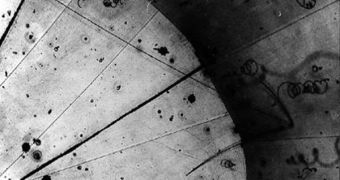In a dramatic face-off between environmentalists and physicists, the construction of the India-based Neutrino Observatory (INO) under the Nilgiri hills at Singara was not approved. Authorities determined that the endangered elephants which have set up their habitat in the area are simply too valuable to allow for the excavation of the hills and the transport of the massive pieces of equipment through pristine jungle paths. Experts with INO have argued that the amount of debris their activities will generate will be minimal, but still their request was not approved, Nature News reports.
The site is located in the Indian state of Tamil Nadu, right beneath the Nilgiri Biosphere Reserve (NBR), which houses elephants and tigers that are facing extinction worldwide. The latest decision is only the last in a row of controversies that have plagued the Observatory since 2006, when the first conflicts between conservationists and the INO managers began. The announcement that construction work at the 6.8-billion rupee ($150 million) site will not go through was made on November 20 by Jairam Ramesh, who is India's Minister of Environment and Forests. He essentially told scientists that Singara is off-limits.
“Everybody in the INO project is disappointed. Preparing a new site means a further delay of one year to a project that has already lost four years due to environmental activism,” explains Naba Mondal. He is a physicist at the Mumbai-based Tata Institute of Fundamental Research, and also a spokesman for the Observatory project. A potential alternative location was proposed in the region of Suruliyar, but the experts dropped it because there was no way of collecting in time data on the characteristics of the rocks at these locations. Such knowledge is instrumental in understanding how the rock will behave when subjected to the explosions needed to create the telescope's cavern.
“We are indeed relieved. We only represent organizations in Nilgiri. It may happen that some of the members also active in [Suruliyar] will protest if there is a serious threat to nature,” says NBR Alliance coordinator Tarsh Thekaekara. His group was the main opposition to the INO construction at Singara, and apparently the environmentalists will also take up action in Suruliyar if the need arises. The latter area is located very close to the Periyar tiger reserve, though admittedly it does not pass right through it. The INO construction phase will only begin when all clearances from the government are obtained.

 14 DAY TRIAL //
14 DAY TRIAL //